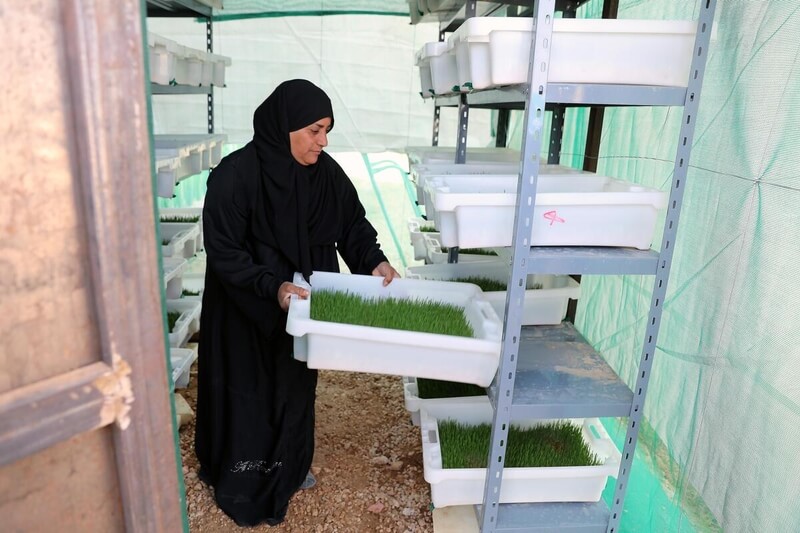
WFP:s Strategiska plan 2022-2025

The world today
The world today is more complex and volatile than it was five years ago. At that time, governments had just adopted the 2030 Agenda for Sustainable Development, affirming their resolve to end poverty and hunger, reduce inequality, build peaceful societies, stimulate environmentally sustainable and inclusive economic growth, and protect human rights.
Yet, despite all good intentions, progress has been limited and, in some ways, reversed with the compounding impact of the COVID-19 pandemic. This puts global efforts to achieve the 2030 Agenda in jeopardy.
Chronic hunger has been on the rise since 2014.
- The situation deteriorated drastically in 2020, with up to 811 million people classified as chronically hungry.
- Across the countries where WFP operates, an estimated 283 million people needed urgent food assistance in 2021.
- A staggering 45 million were at emergency levels of acute hunger.
- Furthermore, the global burden of malnutrition remained enormous, as almost 150 million children were stunted, nearly 50 million wasted and every other child in the world suffered from micronutrient deficiencies.
Our vision
WFP is fully committed to the 2030 Agenda for Sustainable Development. The organization brings strengths and capabilities to United Nations system efforts to help countries respond to the urgent needs of those furthest behind and achieve the Sustainable Development Goals (SDGs) – keeping people, the planet, prosperity, peace and partnership at the centre.
The vision for 2030 underlying WFP’s Strategic Plan for 2022–2025 is that:
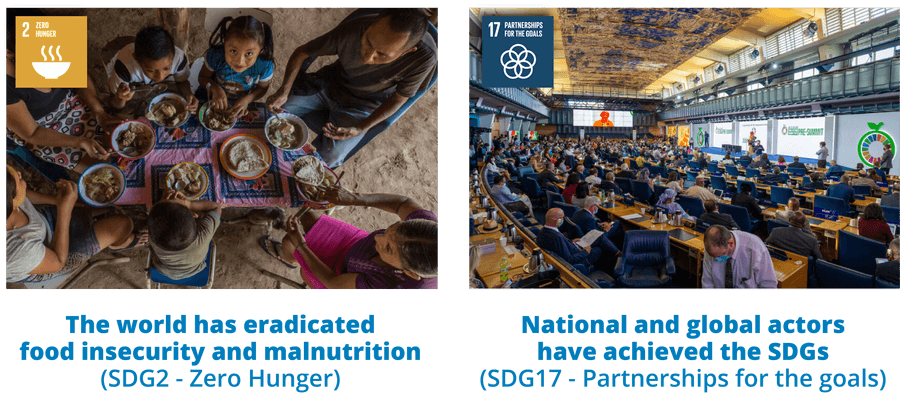
How we get there
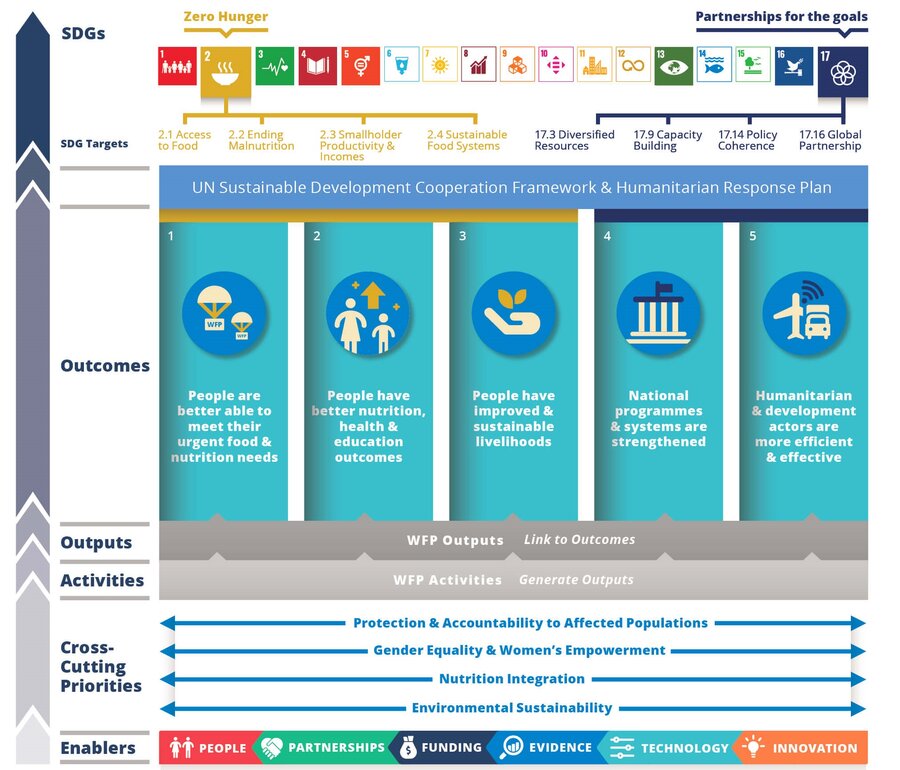
The Strategic Plan Results Framework explained
The Strategic Plan Results Framework details the components required to achieve WFP's vision.
Realizing WFP's vision depends on five outcomes. Different outputs, resulting from a range of activities guided by cross-cutting priorities and empowered by enablers, lead towards these outcomes.
Keep reading to learn more about the key components that contribute to the results framework structure and make up WFP's Strategic Plan.
WFP in action: our outcomes
WFP's vision involves contributing to five outcomes:
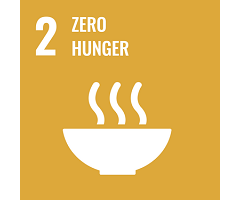
Outcomes 1, 2 and 3 are relevant to SDG 2 and encompass WFP's work across the humanitarian-development-peace nexus, from saving lives to changing lives.
1. People are better able to meet their urgent food & nutrition needs
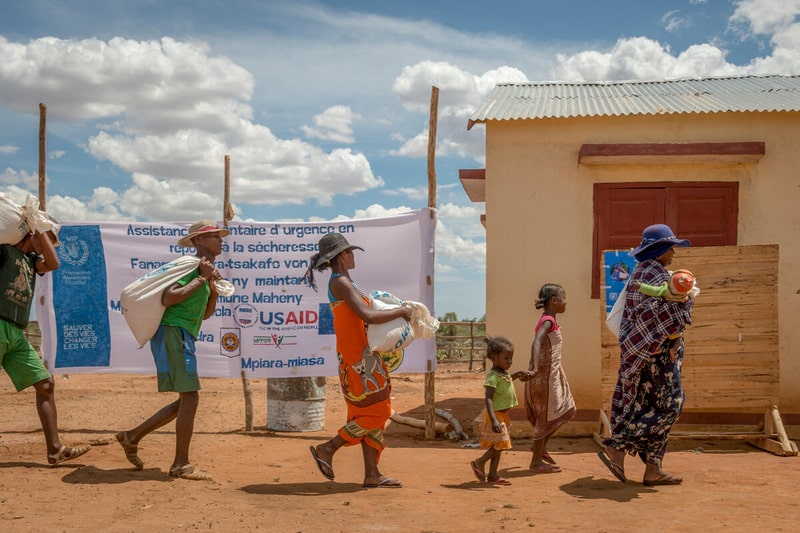 WFP will maintain laser-sharp focus on emergency response capability, with saving lives in emergencies its highest priority. WFP will strengthen and improve its efficiency and effectiveness by systematically responding to emergencies at the right time, with the right people and skill sets and in the right manner. Activities in emergencies include food and cash transfers that restore access to food, emergency nutrition services to prevent and treat malnutrition, and targeted feeding programmes through schools and health centres. WFP also engages disaster-affected populations in work activities that help to restore key assets and basic infrastructure.
WFP will maintain laser-sharp focus on emergency response capability, with saving lives in emergencies its highest priority. WFP will strengthen and improve its efficiency and effectiveness by systematically responding to emergencies at the right time, with the right people and skill sets and in the right manner. Activities in emergencies include food and cash transfers that restore access to food, emergency nutrition services to prevent and treat malnutrition, and targeted feeding programmes through schools and health centres. WFP also engages disaster-affected populations in work activities that help to restore key assets and basic infrastructure.
2. People have better nutrition, health & education outcomes
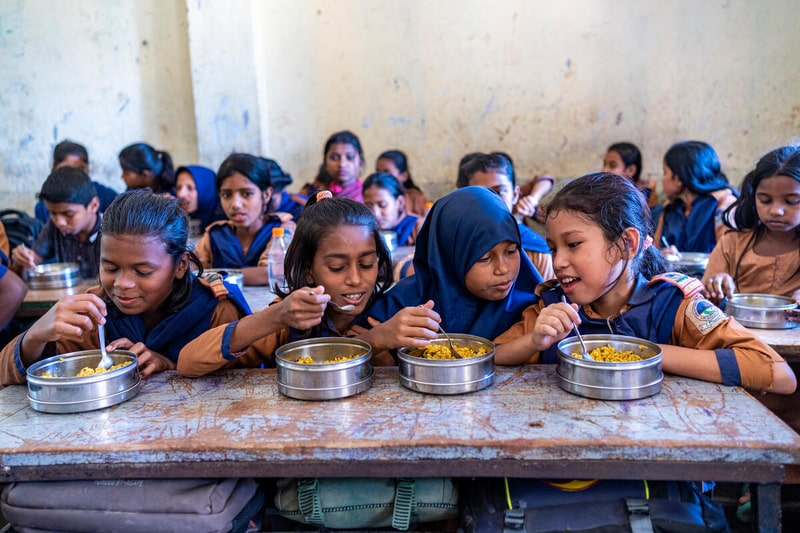 Humanitarian action alone is not sufficient to reach zero hunger. Shocks and stressors will continue to generate urgent need, and more severe hunger and malnutrition, unless structural vulnerabilities are also addressed. Leaving no one behind requires that WFP exploit its versatility and work with its partners to save and change lives. Through scaling up services to address the immediate and underlying causes of malnutrition, providing nutritious school meals and strengthening social protection, WFP contributes to addressing structural vulnerabilities and building human capital.
Humanitarian action alone is not sufficient to reach zero hunger. Shocks and stressors will continue to generate urgent need, and more severe hunger and malnutrition, unless structural vulnerabilities are also addressed. Leaving no one behind requires that WFP exploit its versatility and work with its partners to save and change lives. Through scaling up services to address the immediate and underlying causes of malnutrition, providing nutritious school meals and strengthening social protection, WFP contributes to addressing structural vulnerabilities and building human capital.
3. People have improved & sustainable livelihoods
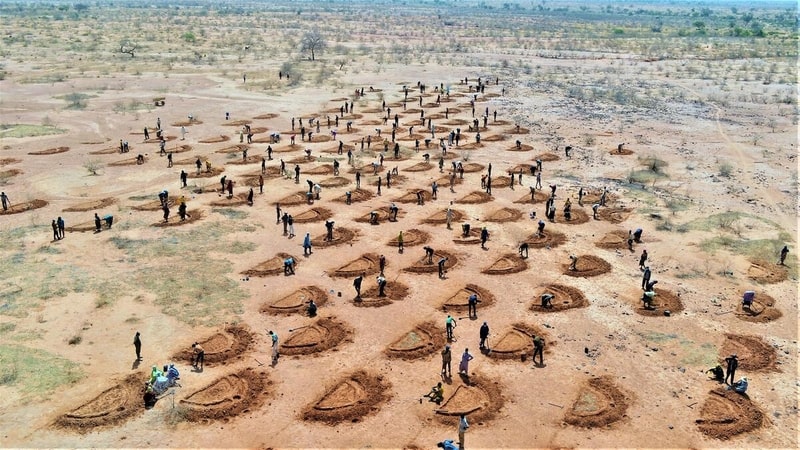 Building human capital and addressing other structural vulnerabilities lay the ground for improved livelihoods. These, in turn, protect people from the cascading risks caused by the global climate crisis and other shocks and stressors – opening a pathway to sustainable solutions to hunger and malnutrition. Working closely with national counterparts and other partners, WFP’s risk-informed and integrated programmes will contribute to improving and adapting the livelihoods of the most vulnerable people in rural and urban areas.
Building human capital and addressing other structural vulnerabilities lay the ground for improved livelihoods. These, in turn, protect people from the cascading risks caused by the global climate crisis and other shocks and stressors – opening a pathway to sustainable solutions to hunger and malnutrition. Working closely with national counterparts and other partners, WFP’s risk-informed and integrated programmes will contribute to improving and adapting the livelihoods of the most vulnerable people in rural and urban areas.
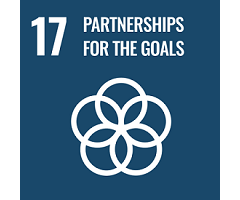
Outcomes 4 and 5 are relevant to SDG 17 and contribute to enabling governments and humanitarian and development actors to reach the SDGs.
4. National programmes & systems are strengthened
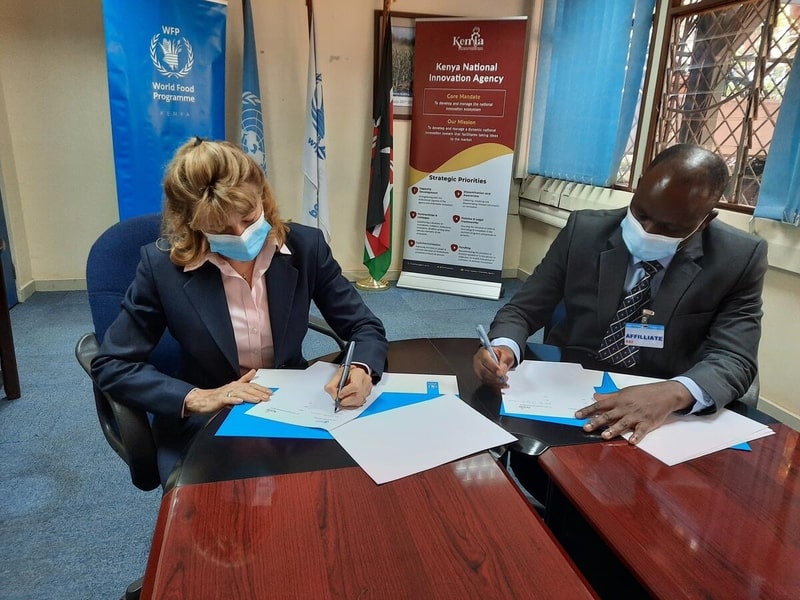 Saving lives and changing lives is not only about what WFP does but also how it is done. Alongside its programme delivery, WFP seeks to strengthen national and local capacity and work through country systems, presenting opportunities for scale, impact and sustainability. WFP will leverage its operational presence, partnerships and technical skills to strengthen national emergency preparedness and response systems, food systems and social protection systems.
Saving lives and changing lives is not only about what WFP does but also how it is done. Alongside its programme delivery, WFP seeks to strengthen national and local capacity and work through country systems, presenting opportunities for scale, impact and sustainability. WFP will leverage its operational presence, partnerships and technical skills to strengthen national emergency preparedness and response systems, food systems and social protection systems.
5. Humanitarian & development actors are more efficient & effective
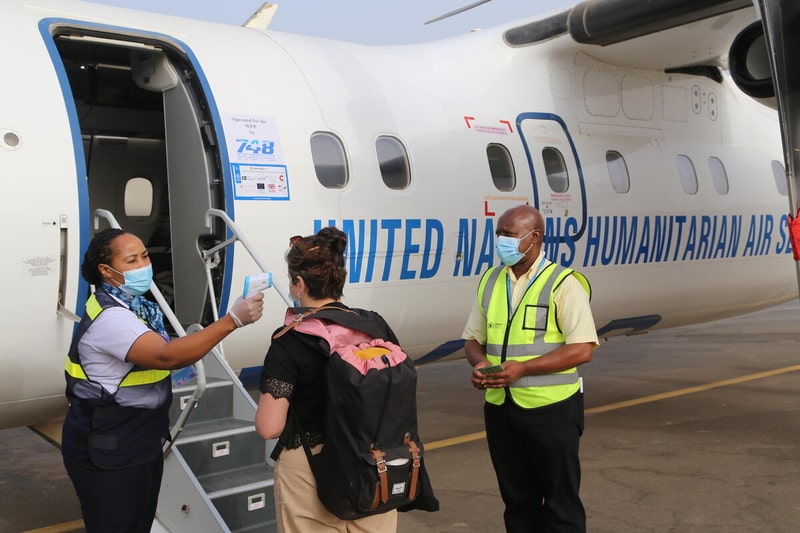
Increasingly complex operational settings and unprecedented needs require multisectoral and multistakeholder responses. WFP will enhance and broaden its capacity to serve as a partner of choice by supporting others in their efforts to deliver on their mandates. WFP will provide critical services to humanitarian partners where gaps exist during crises, while strengthening relevant national capacity and systems. WFP will further expand its provision of services, both mandated and on-demand, to facilitate the full range and value of its partners’ humanitarian and development activities.
Additionally, WFP will continue to contribute to advocacy and partnerships
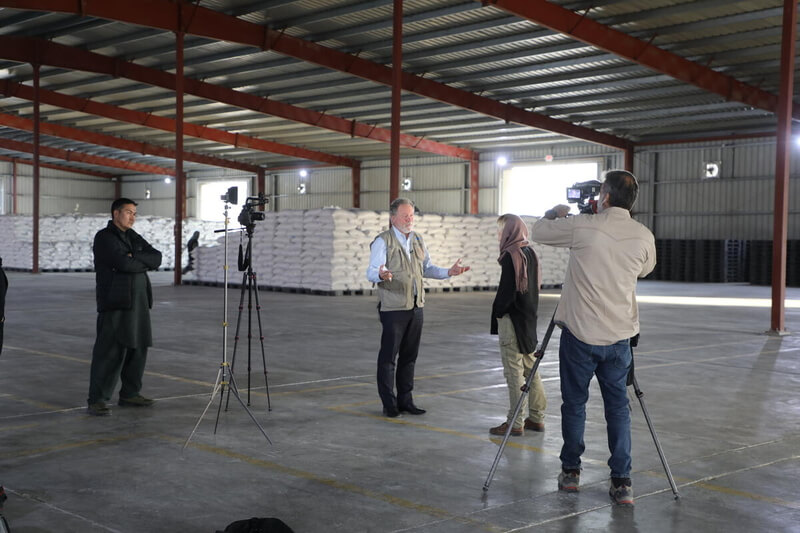
Taking advantage of its unique international standing, extensive field presence, global reach and credibility, and as a contribution towards all outcomes, WFP will continue to advocate on behalf of those furthest behind.
Encouraged by the Nobel Peace Prize award, WFP will engage in humanitarian diplomacy and peace advocacy drawing upon the knowledge that comes from its operational engagement with conflict-affected people around the world. WFP will continue to support global stakeholders in collective action to achieve the SDGs.
Our guiding principles
-
People-centred
-
WFP will put people, including those most at risk of being left behind, at the centre of programme design and response, taking steps to understand the risks they face, prioritizing those in the most vulnerable situations and promoting inclusion. WFP will prioritize safety and dignity, avoid doing harm and help to facilitate people’s access to services and assistance in line with, and respectful of, their choices and needs, working with partners to identify and address barriers to ensure no one is left behind.
-
Humanitarian-principled
-
In accordance with International Humanitarian Law, WFP will promote all four humanitarian principles (humanity, neutrality, impartiality and operational independence) while integrating conflict sensitivity. WFP will engage with populations in need and others, in accordance with its mandate, to ensure consistent and principled access, while maintaining the highest standards of integrity, insulating its actions from politics and grounding its response in respect for humanitarian principles.
-
Country-owned
-
WFP will prioritize working through and strengthening national programmes and systems. Stronger, transparent, accountable and resilient national systems are a necessary condition for more cost-efficient responses and sustainable outcomes. This includes improving the coverage, adequacy, comprehensiveness and quality of national programmes, as well as enhancing the organizational efficiency, effectiveness and viability of country systems towards achieving zero hunger.
-
Context-specific
-
WFP will assist countries in their efforts to reach zero hunger by drawing on its portfolio of activities and expertise to implement operations together with partners that are best suited to community-specific circumstances and needs. The optimum mode of engagement in a given country will be informed by in-depth context and conflict analysis. Across its activities, WFP will leverage knowledge from local actors and strengthen their leadership and capacity to make assistance more localized and sustainable.
-
Programme-integrated
-
Guided by the principles of the humanitarian development–peace nexus of the Organisation for Economic Co-operation and Development’s Development Assistance Committee, WFP will operationalize the triple nexus through action that prioritizes “prevention always, development wherever possible and humanitarian action when necessary”. WFP is committed to bringing its skills and capabilities to bear in responding to emergencies and pursuing integrated, sequenced and layered humanitarian and development activities.
-
Risk-informed
-
Risk-based decision making and programming is premised on identifying the multiple concurrent threats and complex risks (e.g., originating from conflict, climate-induced disasters and economic crises) relevant to the achievement of WFP’s results, as well as the risks created by WFP’s operations. WFP will systematically assess complex threats, risks and opportunities and embed risk management in the planning and delivery of its strategies and programmes to reduce risks and mitigate their consequences.
-
Evidence-driven
-
Evidence and lessons learned from WFP’s performance based on research, monitoring and evaluations, as well as knowledge produced by communities, governments and partners, will guide WFP’s programmatic approaches and help demonstrate long-term impact. Committed to reinforcing data management and analysis and ensuring optimal data utilization in decision making, WFP will leverage accessible technology and data to further become a knowledge- and evidence-driven organization.
Protection & accountability to affected populations
WFP will empower affected populations to express their views, preferences and priorities.
WFP will focus on identifying barriers to access to food and nutrition assistance, as well as the risks to which affected populations are exposed. WFP will strengthen its targeting by making it more inclusive and accessible.
Gender equality & women’s empowerment
WFP seeks to make progress towards all people having equal opportunity, access to resources and a voice in decision making.
WFP will mainstream gender by applying the gender and age marker, involving countries in its programmes that help transform unequal gender relations and providing gender technical expertise to country offices.
Nutrition integration
WFP aims to help reduce malnutrition and improve diets by integrating nutrition objectives and activities across its portfolio.
Achieving this will rely on investing in programmes, operations and platforms that tackle both underlying and immediate drivers of poor diets and malnutrition, and that support sustained improvements.
Environmental sustainability
WFP is committed to reducing the negative impact of its operations on the environment, people and communities.
Environmental and social safeguards will feature throughout our programmes to systematically identify environmental and social risks.
Our enablers
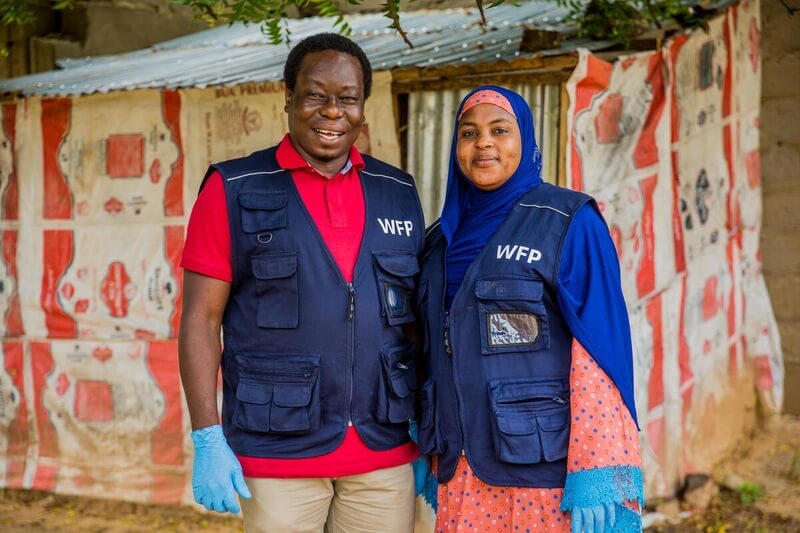
People
WFP's people play a central role in the achievement of its strategic and operational objectives. WFP’s workforce will meet the constantly changing demands of the complex environments in which it operates.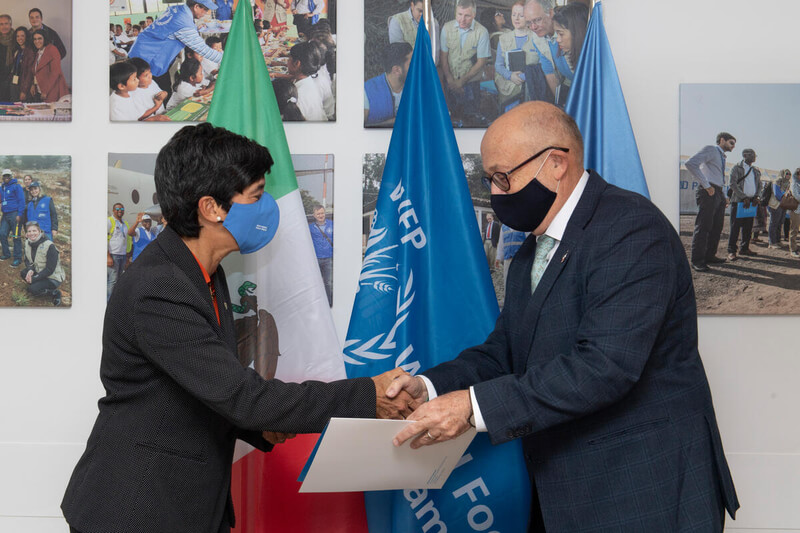
Partnerships
WFP will strengthen its vast network of partners (governments, UN entities, NGOs, civil society organizations, the private sector etc.) to achieve results.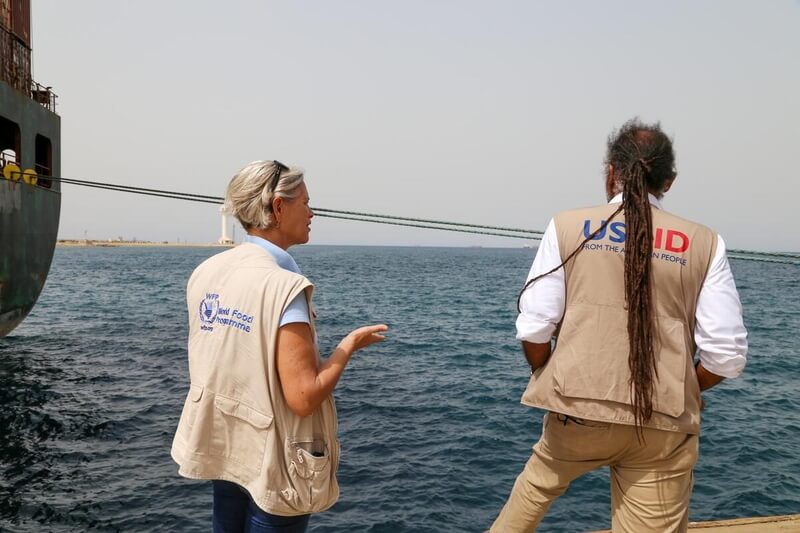
Funding
WFP will continue to advocate for flexible funding to enable a more agile response and bolster sustainable assistance in protracted crises. Multi-year funding is also critical, to strengthen national systems and improve people’s livelihoods.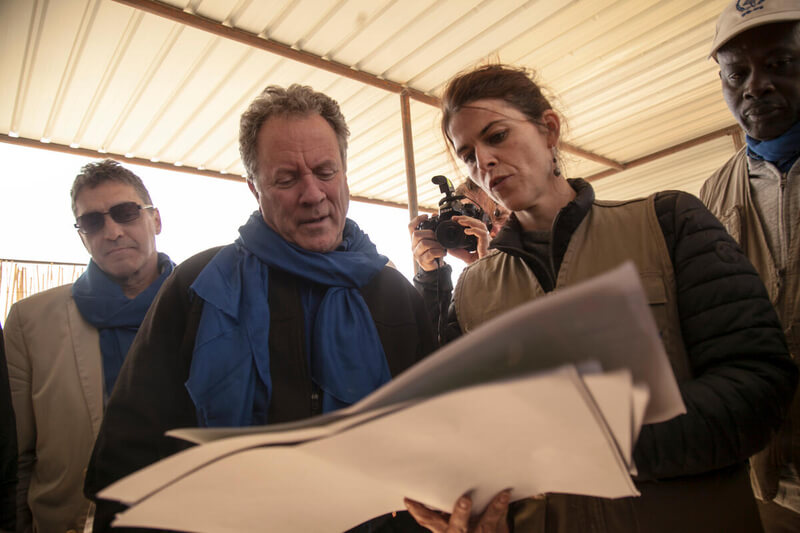
Evidence
WFP will collect and use more robust, timely and relevant evidence, institutionalize joint and impartial needs assessments, and leverage quantitative data and qualitative research to inform decision making and operations.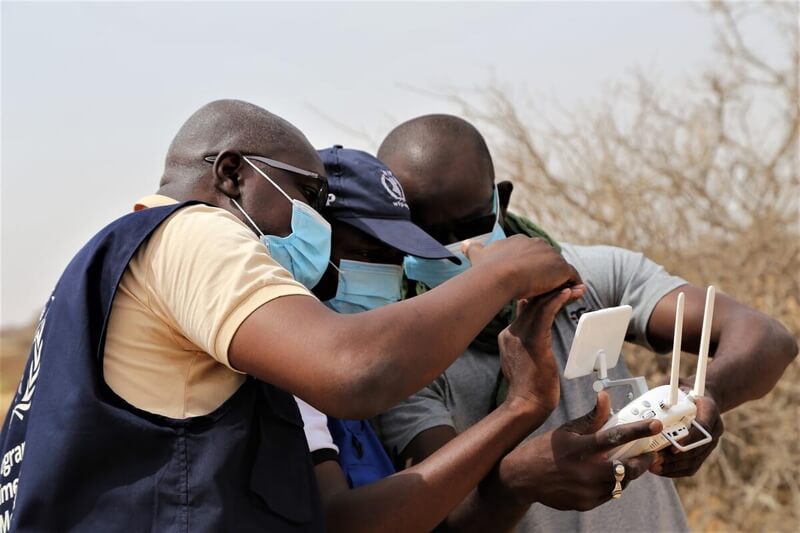
Technology
WFP is committed to becoming a digitally enabled and data-driven organization. Investments in new technology and data will help WFP digitalize its operational footprint and generate real-time data.